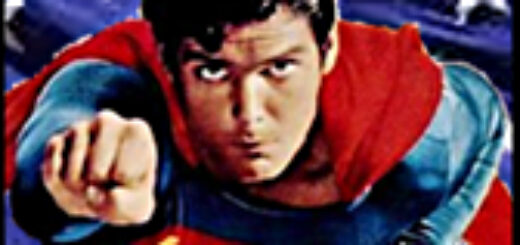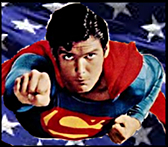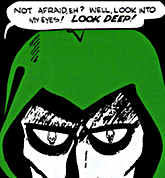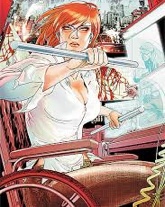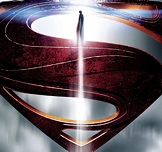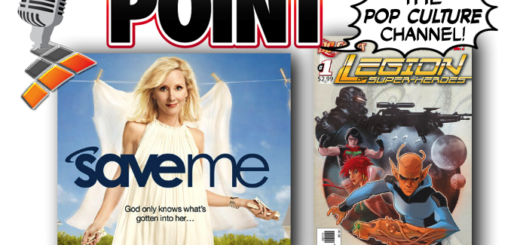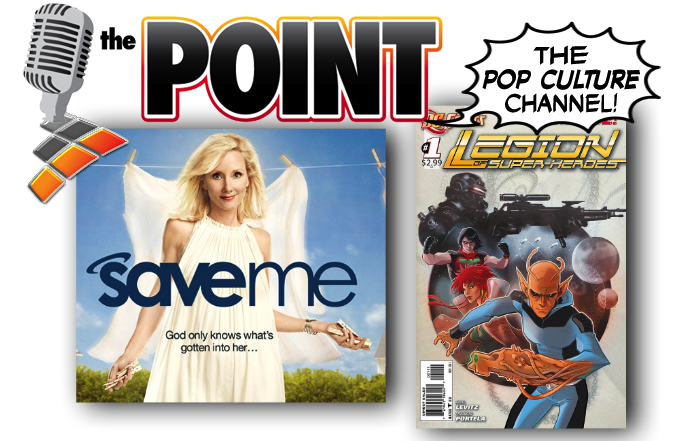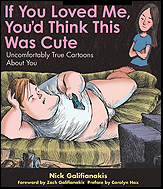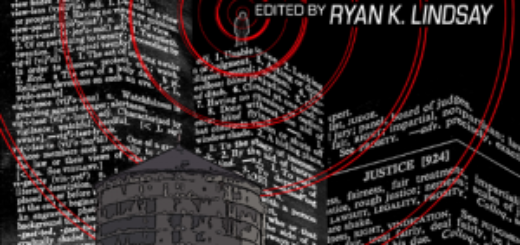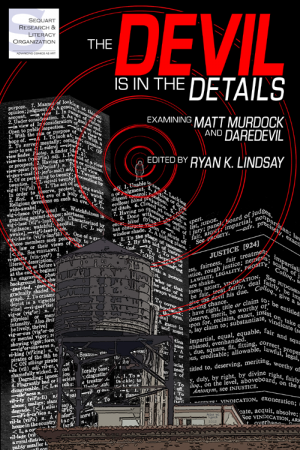Emily S. Whitten: Are You Pondering What I’m Pondering?
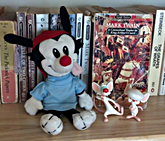 I’ve been revisiting my childhood on YouTube and podcasts a lot lately; and for this I place the blame squarely on voice actor Rob Paulsen – voice of Yakko Warner, Dr. Otto Scratch’n’sniff, and Pinky, of Animaniacs and Pinky and the Brain. Well, if I was going to be fair, the daisy chain of blame would stretch all the way back through Twitter; Billy West; the organizers of Awesome Con; Mike Gold; Deadpool; a couple of federal judges; Glenn Hauman; Glenn’s lovely wife Brandy; YA author Esther Friesner; and Terry Pratchett and the Discworld. But that’s way too convoluted, so Rob, it’s all your fault!
I’ve been revisiting my childhood on YouTube and podcasts a lot lately; and for this I place the blame squarely on voice actor Rob Paulsen – voice of Yakko Warner, Dr. Otto Scratch’n’sniff, and Pinky, of Animaniacs and Pinky and the Brain. Well, if I was going to be fair, the daisy chain of blame would stretch all the way back through Twitter; Billy West; the organizers of Awesome Con; Mike Gold; Deadpool; a couple of federal judges; Glenn Hauman; Glenn’s lovely wife Brandy; YA author Esther Friesner; and Terry Pratchett and the Discworld. But that’s way too convoluted, so Rob, it’s all your fault!
At some point in my childhood, I became a latchkey kid. Both of my parents worked until after school let out, and although there was a lot of “homework time” and “chore time” in my day, I fondly remember the period of time between when I arrived home from school and when my parents returned home as “snacks and TV with no parents anywhere in sight” time. Thanks in part to this, I watched a lot of cartoons growing up – Thundercats, Teenage Mutant Ninja Turtles, DuckTales, TailSpin, Rescue Rangers, Looney Toons, Tom & Jerry, The Jetsons, The Flintstones, Scooby Doo, The Smurfs, Yogi Bear, Rocky & Bullwinkle, Gummi Bears, X-Men, Batman: The Animated Series, Doug, The Ren & Stimpy Show, Transformers, He-Man, She-Ra, Darkwing Duck, Goof Troop, Gargoyles, and Tiny Toon Adventures, to name a few. But hands down, Warner Bros.’ Animaniacs was one of my absolute favorites.
I don’t know how exactly, but I managed to be watching TV when the very first couple of episodes of Animaniacs, which included the consistently excellent shorts De-Zanitized, The Monkey Song, Nighty-Night Toon, Yakko’s World, Cookies for Einstein, and Win Big first aired – and just like that, I was hooked. The show arrived at pretty much the perfect time for me – I was twelve years old, so young enough for my TV diet to still include a regular fix of cartoons. But given that I was the sort of child whose favorite book in the fifth grade was Mark Twain’s A Connecticut Yankee in King Arthur’s Court, I was also able to appreciate a lot of the more sophisticated humor and pop culture references going on beneath the gags. Also, let’s be frank – I love cute things, and the characters in Animaniacs (particularly little Wakko Warner, and Pinky of Pinky and the Brain) are pretty darned adorable.
I can’t say for sure, but I’m guessing I watched at least 3/4 of Animaniacs when it first aired. Even after other cartoons sort of fell by the wayside, what with high school and extracurriculars and all, I still watched it; and when Pinky and the Brain spun off into its own show, I watched that too. Of course, eventually (and sadly) the shows ended. And I went to college, and then I went to law school, and you know how it is, things move along. But I never forgot about Animaniacs; and I am sure that in ways that could never be quantified, it influenced the development of my personality. Certainly, years later, I have found myself referencing the show without even realizing it until after the fact, such as when writing my hamster Izzy’s Twitter bio.
Recently, as ComicMix readers will know, I interviewed the amazing Billy West. And when I shared the interview on Twitter, the inestimable Rob Paulsen retweeted it. And so I was scrolling along his Twitterfeed, and recalled that I’d always meant to listen to his podcast, and began listening to it. And then I heard him mention that he was doing live appearances, and asked him if he’d ever done one in DC, and he said he’d like to, and a few weeks later, lo and behold, we were able to set something up, and so now Rob Paulsen will be appearing at The National Press Club in DC on August 1 (get your tickets now!). Hurrah! I am very excited.
Of course, during the course of getting that all set up, I ended up on YouTube re-watching some Animaniacs and Pinky and the Brain, and realized I’d forgotten just how many episodes of those shows I’d originally watched. Nearly every video I clicked was like re-visiting an old friend – one that I hadn’t seen in ages, and maybe even thought I’d forgotten about – until the moment the video started playing and I realized I still remembered all the words to the theme song, and all of the popular catch-phrases from both shows, and oh yes, this episode where the Warners meet Satan, and that episode where they meet the boring guy at the party, and the one where Death takes poor Wakko away (the whole bit with, “Are we dead?” “Or is this Ohio?” still kills me). And also the one where Buttons and Mindy are in space, and the one with Slappy and the can, and the one where Brain is a jockey and Pinky falls in love with a horse, and the one with Minerva and the werewolf, and the one where Billy West is doing Larry Fine from the Three Stooges as a mouse, and, and, and ye gods, I could go on forever. So many good episodes.
And that’s not even counting all of the amazing songs sung by the Warner Brothers and their sister Dot, and other characters, throughout the series. Like the clever and cute I’m Mad, and the excellently harmonized The Ballad of Magellan, and the catchy Senses Song, and Wakko’s 50 States Song, and the Gilbert and Sullivan parody Cartoon Individual. Plus Pinky’s song from the Cats parody “Broadway Malady” (for which Rob Paulsen won an Emmy Award, mind you), and the very impressive Les Miserables parody and West Side Story parody. Here’s a whole playlist of them, if, like me, you can’t get enough.
This year, in case you don’t know, marks the 20th anniversary of Animaniacs, which first aired in 1993 – and here’s a pretty cool brief history of the show, with first-hand information courtesy of creator Tom Ruegger. One amazing thing about Animaniacs is that it still holds up, twenty years later. Through a combination of humor that appeals to both children and adults, stellar and clever musical compositions and lyrics, unique characters, and, of course, the award-winning voices behind those characters, the show is just as enjoyable to me today, as an adult, as it was when I started watching it at twelve years old. In fact, it’s even more enjoyable because I can appreciate some of the cleverness and references more as an adult; and because I am now also interested in the voices and creators behind the show, something I never really stopped to think about when I was a child. This is another area in which much of the blame lies squarely on Rob Paulsen, whose wonderful, amusing, amazing, fascinating Talkin’ Toons podcast – seriously, it’s awesome – includes not only discussions of his work, but interviews with a myriad of other amazing talents behind Animaniacs and pretty much every other animated show out there. (FYI, you can listen to the podcast via his website, iTunes, or even a super-handy and easy to use smartphone app. Check it out – because if you are not listening to it, you are missing out.)
From the frequency of Animaniacs and Pinky and the Brain questions on Rob’s podcast, to the reception the voice actors involved receive at fan conventions, it seems to me that I am far from the only one out there who watched the shows as a child and has rediscovered my love for them as an adult. Animaniacs was and still is a gem in the realm of animated shows. And given that many of the folks who watched it when it first aired now have children who watch the DVDs with them and also love the show, it doesn’t seem like a stretch to wonder if the time might be ripe for a new season of Animaniacs. After all, one great thing about animated shows is that the characters don’t have to age unless the creators want them to – so twenty years later, they could easily make new episodes that picked up wherever they wanted them to. I, for one, would really love to see that happen; and from what I’ve heard via the podcasts, so would at least some of the creators. So hey – you never know!
If you’ve never seen Animaniacs before, YouTube is your friend and I highly recommend you give it a try; and if you love Animaniacs as much as I do, maybe you’ll join me in raising a glass to its 20th Anniversary, and wishing upon a star that Yakko, Wakko, and Dot might escape the water tower again someday soon.
And until next time, Servo Lectio!
TUESDAY AFTERNOON: Michael Davis
WEDNESDAY MORNING: Mike Gold


